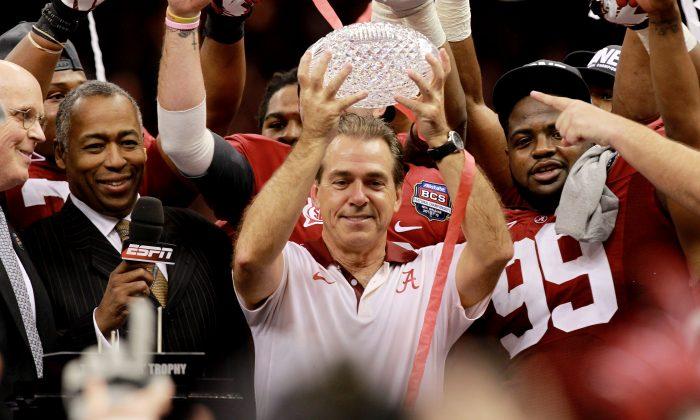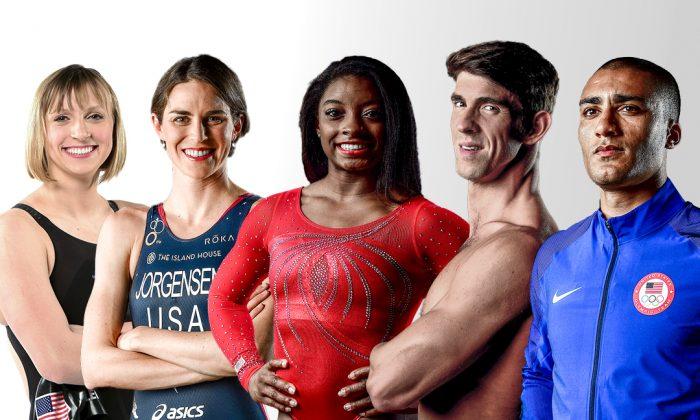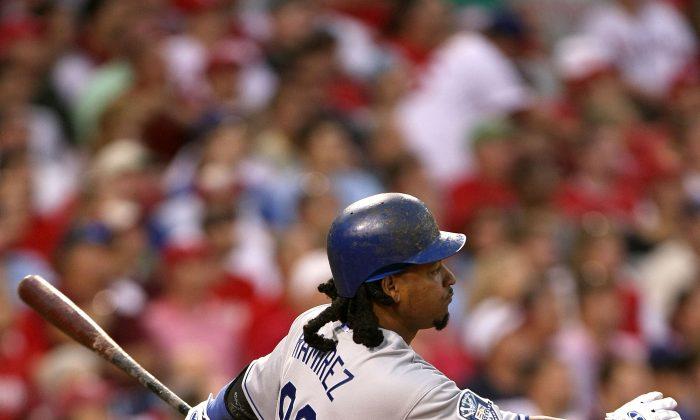This clearly hasn’t been Rafael Nadal’s best season. Let’s review.
Despite a decent-looking 42–14 record, Nadal didn’t win his customary French Open title—for just the second time in 11 years. He’s failed to advance to the semis at a major for the first time since 2004—back when he was still a teenager. Meanwhile, his ATP ranking has fallen outside the top five (he’s currently eighth) for the first time since May 2005—just before he won the first of his nine titles at Roland Garros.
There are a number of reasons as to what is contributing to his collapse, starting with the most significant.
Injuries
Last season saw the Spaniard battle back problems, wrist pain, and an appendix surgery.
The back problem was especially troublesome, happening while he was warming up to play in the Australian Open finals against Stan Wawrinka. Nadal would go on to lose in four sets to a player he had not only never lost to in 12 matches, but had never even dropped a set against. It would mark his last time in the finals of a major not held on clay courts.
Knee injuries have plagued Nadal for years, with his latest bouts coming in 2012–13. Some blame that for his declining Wimbledon performances as the grass courts there seem to bother his knees more than others. The two-time winner at the All-England Club made the finals every year there from 2006 through 2011, but since his latest knee issues came up in 2012, he hasn’t made it to the quarters.
It should be noted that Nadal missed the 2009 Wimbledon with a knee injury and was able to make a full recovery and reclaim his title in 2010, but he was just 24 at the time. Eventually, injuries like that add up and become more difficult to deal with when you get older, which brings us to the next reason.
Age
Nadal just turned 29 in June. This isn’t necessarily old for tennis players, but certainly most of them are at least at the edge of their primes by this time.
Second-ranked Roger Federer, who just turned 34, is an extreme outlier in terms of age, injuries, and longevity. But he—along with Andre Agassi (who won five majors after turning 29) and Jimmy Connors (three major wins)—are the few exceptions.
Pete Sampras won just one—the 2002 US Open—after blowing out 29 candles. Ditto for Ivan Lendl, whose 1990 Australian Open was his last big one at age 30.
Other big names were much younger for their last big wins. John McEnroe won the last of his seven majors in 1984—at the age of 25. His main rival Bjorn Borg stepped away from the game at age 25 with 11 majors. Stefan Edberg’s last major win was the 1992 US Open—when he was 26.
Mats Wilander won seven majors, but none after he turned 25. And finally Boris Becker was 28 when he won the last of his six majors.
Meanwhile, No. 1 ranked Novak Djokovic, who turned 28 in May, has won three of the last five major championships and seems poised to make it four out of six.
His Contemporaries
When Nadal first became a player to reckon with—a good decade ago—other than Roger Federer, the men’s game wasn’t exactly brimming with stars. Andy Roddick had some success and so had Lleyton Hewitt and Marat Safin, but there was little other competition behind Federer.
Ten years later, Federer is still going strong, Djokovic now has nine major titles to his name, Andy Murray was briefly ranked second ahead of Federer, and even Wawrinka has a pair of majors to his name.
In other words, it’s a bigger logjam at the top than it once was. With it, the slightest decline in play—temporary or not—is more exaggerated in this day and age.
Nadal was very dominant for a number of years. Whether he can return to what he once was is yet to be seen, but the odds are certainly against it.





